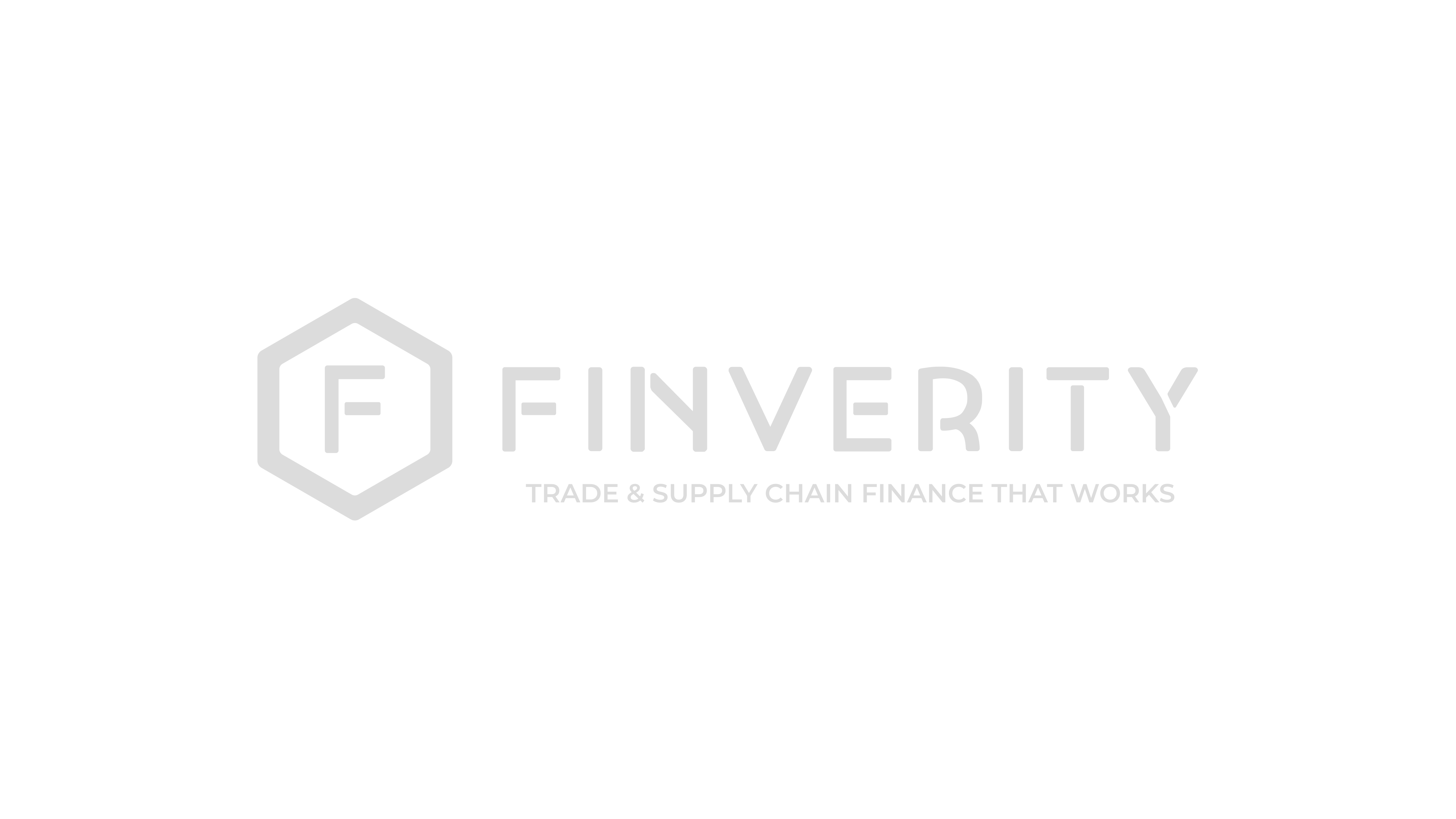Product Group Types
Loan:
A loan is a financial arrangement where a lender provides a borrower with funds, which must be paid back over a specified period with interest
The borrower is responsible for repaying the principal amount, plus interest, regardless of whether they have received payments from their customers or not
Loans typically require collateral, and the borrower incurs a liability for the loan amount on their balance sheet
Receivables Purchase:
A receivables purchase (or factoring) is a financial transaction in which a company sells its outstanding invoices (receivables) to a third party (often a bank or factoring company) at a discount in exchange for immediate payment
The company receiving the financing (usually a supplier) does not owe any repayment to the third party; instead, the third party collects the payment directly from the buyer (the customer)
The financier takes on the credit risk of the buyer (the customer), but the supplier receives immediate funds without incurring a loan liability
Aspect | Loan | Receivables Purchase |
|---|---|---|
Definition | A sum of money provided by a lender, to be repaid over time with interest. | A financial arrangement where a company sells its invoices (receivables) to a third party at a discount for immediate cash. |
Repayment Responsibility | The borrower repays the full loan amount, plus interest, over time. | The supplier does not repay the financier. The buyer repays the financier when the invoice is due. |
Collateral | May require collateral to secure the loan. | Typically, the invoice itself serves as the collateral. |
Risk | The borrower bears the risk of repayment. If the borrower fails to repay, they may face legal action or asset seizure. | The financier takes on the buyer’s credit risk, i.e., the risk that the buyer may not pay the invoice. |
Interest/Fees | The borrower must pay interest on the loan, usually based on the principal amount and loan term. | The supplier receives the invoice value minus a discount, which represents the cost of financing. |
Impact on Balance Sheet | The loan appears as a liability on the borrower’s balance sheet. | The receivable is removed from the supplier’s balance sheet once sold to the financier. |
Use of Funds | Funds can be used for a wide range of purposes, including working capital, expansion, or investment. | Funds are used specifically to finance outstanding receivables (i.e., unpaid invoices from customers). |
Terms | Loan repayment terms are fixed and agreed upon with the lender (usually monthly or quarterly payments). | Terms are tied to the invoice due date; the supplier receives payment immediately, and the buyer pays later. |
Amount Received | The borrower receives the full loan amount upfront, subject to the lender’s approval. | The supplier receives less than the full invoice amount (because of the discount or fee applied by the financier). |
